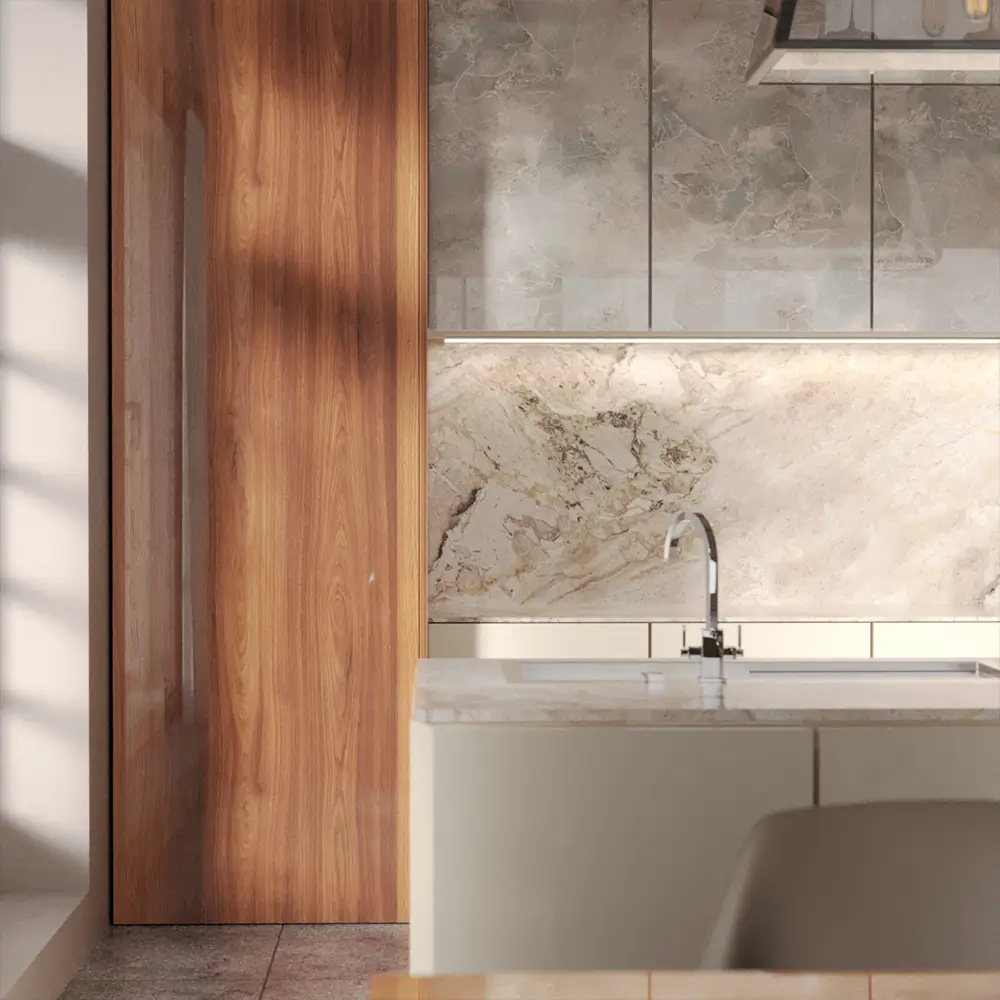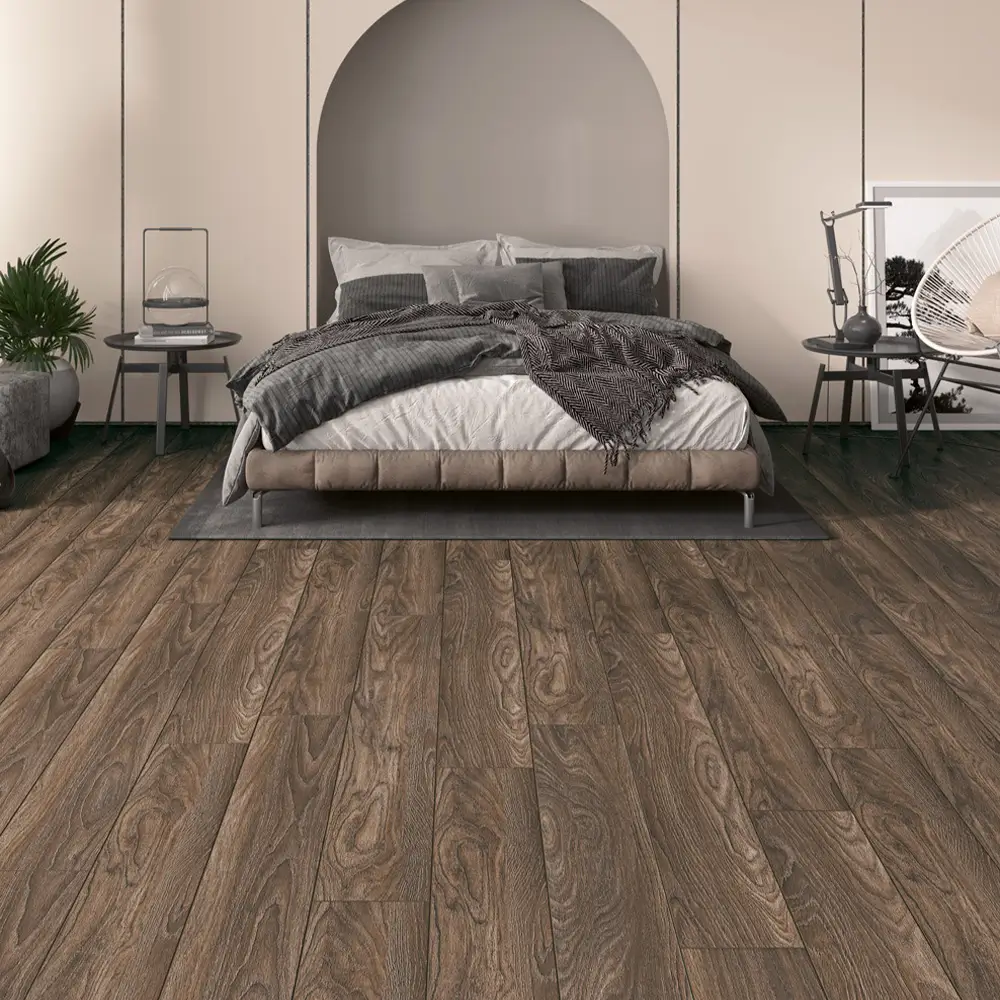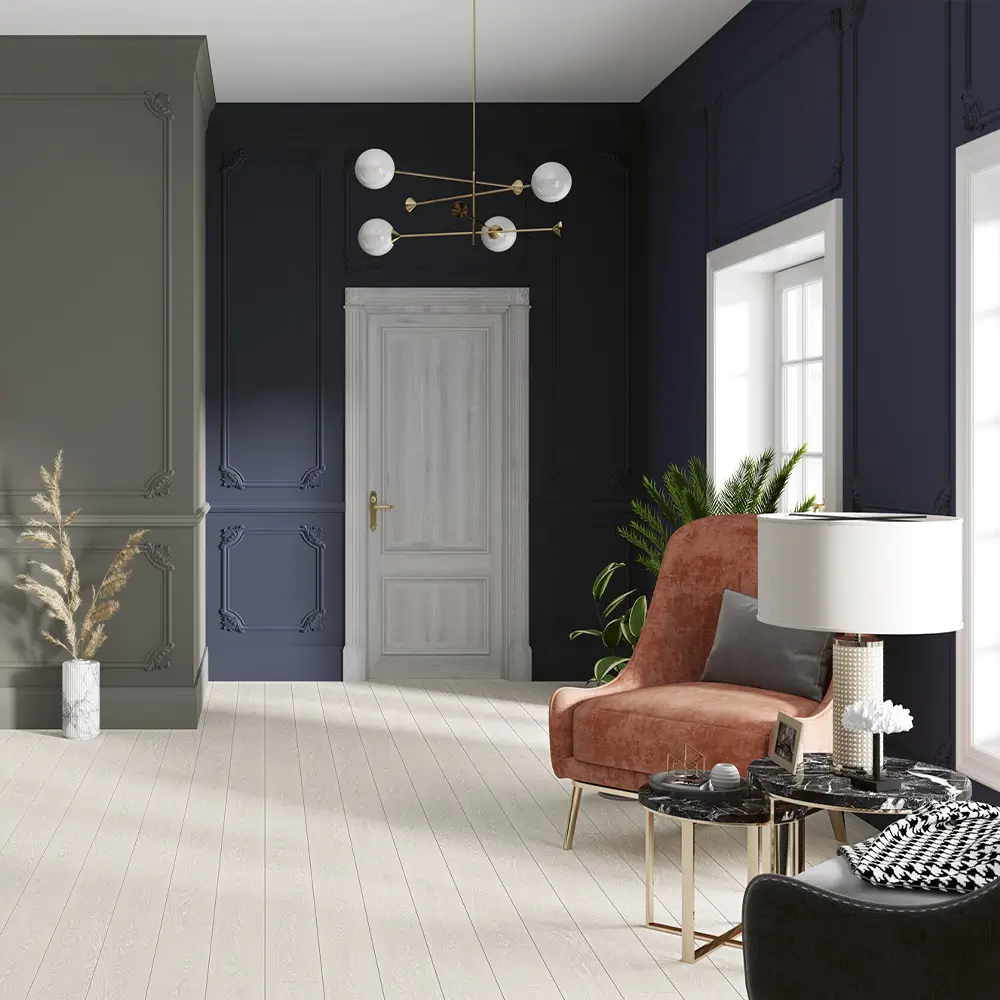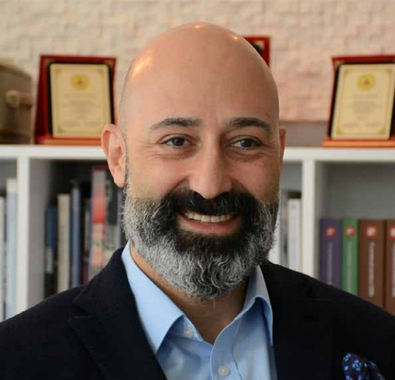
Category
inspiring ideas
inspiring ideas
We talked about architectural trends and Yıldız Entegre's products with Sinan Polvan, who works as a lecturer at Bahçeşehir University Faculty of Architecture and Design as well as producing projects of various scales at Polvan Design.
After studying architecture first at Graz Technical University in Austria and then at Vienna Academy of Fine Arts, Sinan Polvan returned to Turkey in 1995. Today, he continues to work in various scales at Polvan Design, the interdisciplinary design office he founded with Serhan Yenilmez about 21 years ago. Polvan, who has been a lecturer at Bahçeşehir University Faculty of Architecture and Design for 15 years, has also been teaching at Fachhochschule Salzburg University in Austria since 2009. He is also a board member of the Foundation for the Protection and Promotion of the Environment and Cultural Heritage, a structure that works to bring all cultural heritage, including intangible ones, to the surface of the earth today. We had an interview with architect Sinan Polvan focusing on his work and today's architectural trends.
Can you tell us about the projects you are currently working on?
We have an intense project traffic which includes project of various scales. For example, we are designing the project of "the first marina of Central Anatolia", as described by the Mayor, for the Koca Sinan Municipality in Kayseri. With this project, we will break new grounds in terms of architectural trends as it is located on a dam lake in a landlocked area in Central Anatolia. We also have corporate projects and we are working very hard on them. We also design and produce exhibition stands for companies from various industries. On the other hand, we also have projects where we go down to the product scale.
What do you think about current trends in your business?
Some trends fade away like soap bubbles and you don't even remember what they are, so we try to follow more permanent trends and we have architectural trends that we put forward accordingly. In the beginning we tried to follow the trends, then we started to think "What can we find that is permanent and reflects us?" In this process, we have seen that even if you follow the trends, you need to avoid being guided by them; you can become permanent if you can produce projects that can go beyond the trends. What designers are trying to implement today is an advanced step of modernism, but we cannot call it postmodernism. The modernism movement which spread in the 1950s is now interpreted by playing more with geometric forms. Unfortunately, especially in our country, these interpretations have gone beyond their purpose and have started to turn into a form fetish. This can sometimes lead to a negativity among architectural trends.
Recently, we see that more minimal, simple and spacious uses have come to the fore. Can we associate this change with consumer culture?
People have lived as a consumer society until today, and this has been increasing since the 70s. Nowadays, thanks to the great communication network, they are aware of what is happening outside their own world, and I can say that they are on a clearer path of enlightenment because they can follow the developments in the world. Some prefer to live in self-sufficient spaces with self-sufficient equipment. This brings minimalism in architectural trends and design.
We talked about what defines the trends. So, who are these trendsetters?
Periodically, there are movements that affect the world, in other words, there are mass tendencies in general trends. The foundations behind these fall in the fields of sociology and anthropology. Because these trends are driven by much broader social events. However, especially the contributions of star designers have an impact on this process. It is possible to talk about the same conditions when it comes to architectural trends.
What would you say about the impact of technology on both these trends and your work?
Smart systems and digitalization are eliminating many unnecessary interfaces in our lives. The examples of this are very clear in architecture and architectural trends. Especially in smart buildings, there is a huge increase worldwide in the trend towards completely environmentally friendly buildings in order to use natural resources and avoid unnecessary waste materials. This brings with it the simplification of spaces and exterior structures and the elimination of the unnecessary. It is also possible to base this on sociological and anthropological grounds: People are being pushed into a more chaotic life every day. That's why they tend to keep it simple, clear and use the hardware they need. This naturally leads to simplification in architecture, interior architecture and all areas of design. We follow the world in our work and try to use technology in architectural trends as needed. Unfortunately, one of the biggest problems of designers in Turkey is not being able to realize genuine ideas. Most of the time you are reporting to an employer, and what is relevant for you is who you are designing for. In this context, we try to benefit from developing technologies and digitalization as much as possible. On the other hand, I can say that technological developments have significantly affected our project production processes. Years ago, we used to prepare our drawings by hand, but the introduction and accessibility of computer programs in our lives over time has accelerated our work considerably. Our project production processes have become 75 percent digitalized. We cannot ignore the sketches that we produce with hand and eye coordination in the emergence of the concept in the idea process, but most of the processes in the finalization of the project now pass through the digital environment. The positive effects of these benefits in terms of architectural trends are also noteworthy in the design process.
How does diversity influence you in your work?
The way in which you consider diversity is important here. Because today there is an incredible variety of materials. In fact, if we divide a project into three parts, the first one is the concept, that is, visual diversity. Since we are in the age of communication, we can follow what is happening in the world at the click of a button. We start building a visual memory. The richness of this and its inclusion in every stage of our lives enables us to synthesize and generate ideas more easily. In fact, we never generate ideas from scratch; we create original data by combining data from various points with the syntheses made by our brain. So the visual diversity creates an incredible ability to synthesize. This visual diversity and ability to synthesize automatically creates interaction in two or more contents in terms of architectural trends. The second part is content; hardware and materials are very important in the structures you create. Today, you have so many alternatives in terms of materials that it is possible to create fictional and structural syntheses using them. In this way, you also get the chance to use the right material in the right place. Last but not least, the context: customers determine who, when, where and what kind of project you will do. Because you enter the production process with the guidance of various people/institutions. Therefore, different expectations come into play. We use a diversity of ideas, content and context in our designs.
If we go into a little detail... What kind of a line do you follow in terms of laminate flooring applications?
It is useful to divide the use of flooring into three categories. Solid, laminate and laminated flooring applications. The first alternative would require a very long process to implement. Laminate flooring, on the other hand, are pre-treated, allowing for a faster application on the floor. But here, the variety of materials is also limited by the number of real wood textures. There is an unlimited variety of surfaces and colors in laminated flooring. This is achieved by printing decor on a carrier surface made of particle boards. The biggest advantages are that they are less costly and easier to apply than solid materials, can be applied in less time with less labor and can be used as soon as they are installed. For this reason, we use laminated flooring in many projects today.
What would you say about the importance of surface and texture in wood-based panel products?
Surface and texture are very important in every area touched by design. Because the surface is the place where people come into contact with the object and establish visual communication before contact. Wood-based boards are used in many areas of design today. In architecture, interior architecture, furniture and production... It has spread to every field. The reasons for this are ease of production, low cost and ease of use of the product. It's always a product for which we can get results very quickly. We use it in many of our applications. We use wood-based boards especially for the booths we produce for use in fairs. Their surfaces have improved so much with today's technology that we can apply all kinds of natural or artificial textures on them.
How would you evaluate the changes from past to present in the use of doors as a building element ?
Each door had a distinct identity, which is the case in many historical buildings in Anatolia and in the doors that are still in use today. The exterior doors of buildings are like business cards, especially for those who live inside. Consider a caravanserai, for example: Especially the main entrance, which we call the crown gate, is higher than the surrounding walls of the building in order to perceive from a long distance where the caravan would be heading and where it could enter the building. It makes itself seen. The elements that complement the doors (bells, knobs, handles) also provide us details about the identity or background of the inhabitants. Nowadays, unfortunately, exterior doors have started to look alike. Although interiors are starting to change, there are so many similar applications. This reveals a loss of identity from the past to the present. On the other hand, the diversity of materials and the use of wood-based panels has diversified the application at the doors and created a familiar place for itself in architectural trends.
Do you use Yıldız Entegre products in your work?
We use wood-based boards extensively in furniture production, surface production of interiors, floors and walls in exhibition booths. The most important feature for us is the almost unlimited color of the texture, and secondly the ease and speed of application. In today's pace, we have to catch up with this speed in applications for the production of design.
You can be permanent with projects outside the trends


